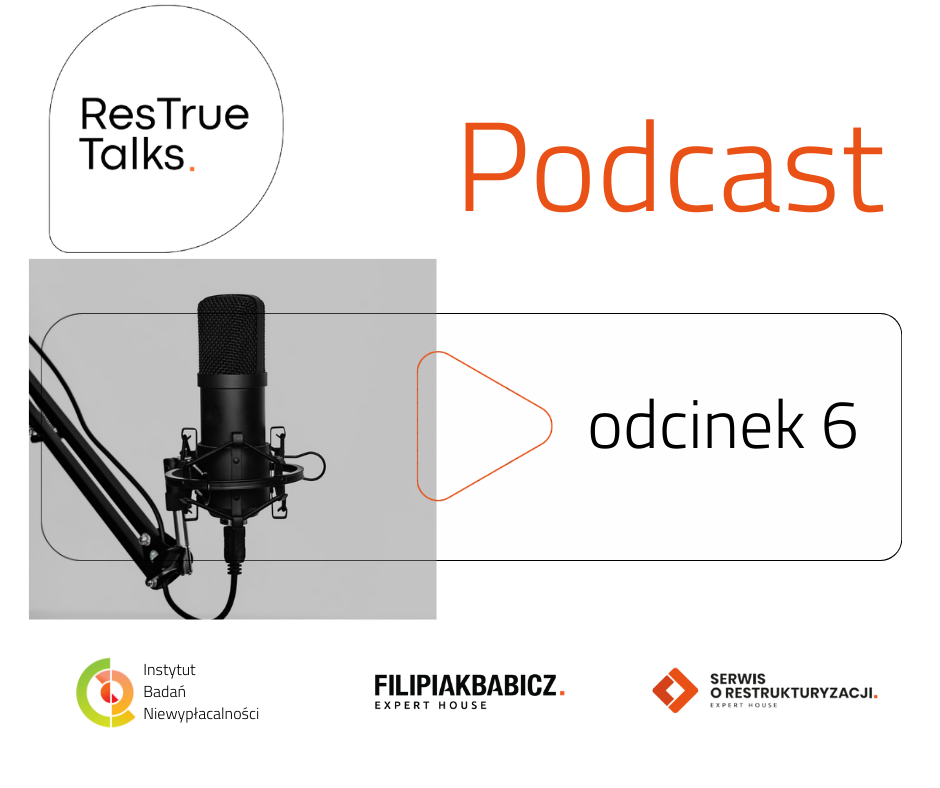
What changes in consumer bankruptcy?

On 24 March 2020, the Act of 30 August 2019 amending the Bankruptcy Act and certain other acts entered into force. The amendment thoroughly changes the current procedure of conducting bankruptcy proceedings of natural persons not conducting business activity.
3 modes of proceedingsThe main change is the introduction of three modes of consumer insolvency proceedings:
1. “Simplified” consumer insolvency proceedings conducted mainly by a receiver without appointing a judge-commissioner (Article 491(1)(1) of the Act)
2. “Ordinary” consumer insolvency proceedings conducted on the basis of the provisions on bankruptcy proceedings for traders (Article 491(1)(2) of the Act). The procedure used if justified by the substantial size of the debtor’s assets, the substantial number of creditors or other reasonable expectations of increased complexity of the proceedings.
3. The “Arrangement” procedure for consumer bankruptcy proceedings, i.e. the arrangement procedure at the creditors’ meeting, to which, to the extent not regulated in the Act, the provisions of the Restructuring Law on accelerated arrangement proceedings apply mutatis mutandis. This procedure preserves the assets of the bankrupt consumer.
Moment of examination of negative premises
Another change is that the examination of “negative grounds” (leading to insolvency or a significant increase in the degree of insolvency, either intentionally or through gross negligence) is moved from the stage of insolvency proceedings to the stage of establishing a repayment plan after the declaration of insolvency.
The occurrence of a negative condition will result in the extension of the repayment plan, which in this case may be set at a time not shorter than thirty-six months and not longer than eighty-four months.
However, the amendment introduces a new premise, the occurrence of which will result in the impossibility of debt recovery, consisting in the fact that it will lead to insolvency or a significant increase in the degree of insolvency in a deliberate manner, in particular through the squandering of assets and deliberate failure to pay outstanding liabilities.
Debt
The ways for the consumer to obtain the debt have been changed. To the existing redemption of the outstanding debts of the bankrupt consumer following the execution of an agreed repayment plan or the redemption of the debts of the bankrupt without any repayment plan, conditional redemption of the debts of the bankrupt without any repayment plan has been added. This procedure will be applicable when the inability to make any repayments under the creditors’ repayment plan due to the personal situation of the bankrupt is not permanent.
The condition for cancelling debts without a repayment plan is that the creditor does not apply for a repayment plan within 5 years from the date on which the decision on conditional cancelling of the bankruptcy’s debts without a repayment plan becomes final.
Exclusion of income from the bankruptcy estate
From the perspective of the bankrupt, the provision providing for the exclusion of part of the bankrupt’s income (in particular that of the recipient of a pension) from the bankrupt’s estate has also changed in favour. The amendments aim to ensure that persons facing bankruptcy are left with financial resources that enable a single person or family to support themselves without social assistance benefits.
Currently, the amount excluded from the bankruptcy estate with regard to a person running a single household cannot be lower than 150% of the amount entitling to social welfare benefits, i.e. the amount not lower than PLN 1051.5 (150% *701 PLN). In the case of a dependant of other persons, the amount excluded from the bankruptcy estate will not be lower than the amount corresponding to the product of the number of dependants of the bankrupt and the bankrupt and 150% of the amount entitling to social welfare benefits (150% * 528 PLN=792 PLN). E.g. a single parent bringing up two children will have at his or her disposal an amount not lower than PLN 2,376 (3 * PLN 792).
The exemption will also be used by persons who earn income from contracts of mandate, for specific work or otherwise.
Detailed content of the changes, justification for the amendment and the course of legislative work can be found at www.sejm.gov.pl/Sejm8.nsf/PrzebiegProc.xsp?nr=3480.
In connection with the change in the formal requirements of a bankruptcy petition for a consumer, the specimen forms have also changed. The new forms are available at www.gov.pl/web/sprawiedliwosc/formularze-konsumenci-od-24-marca-2020.













